15 Must-Visit Castles in Europe
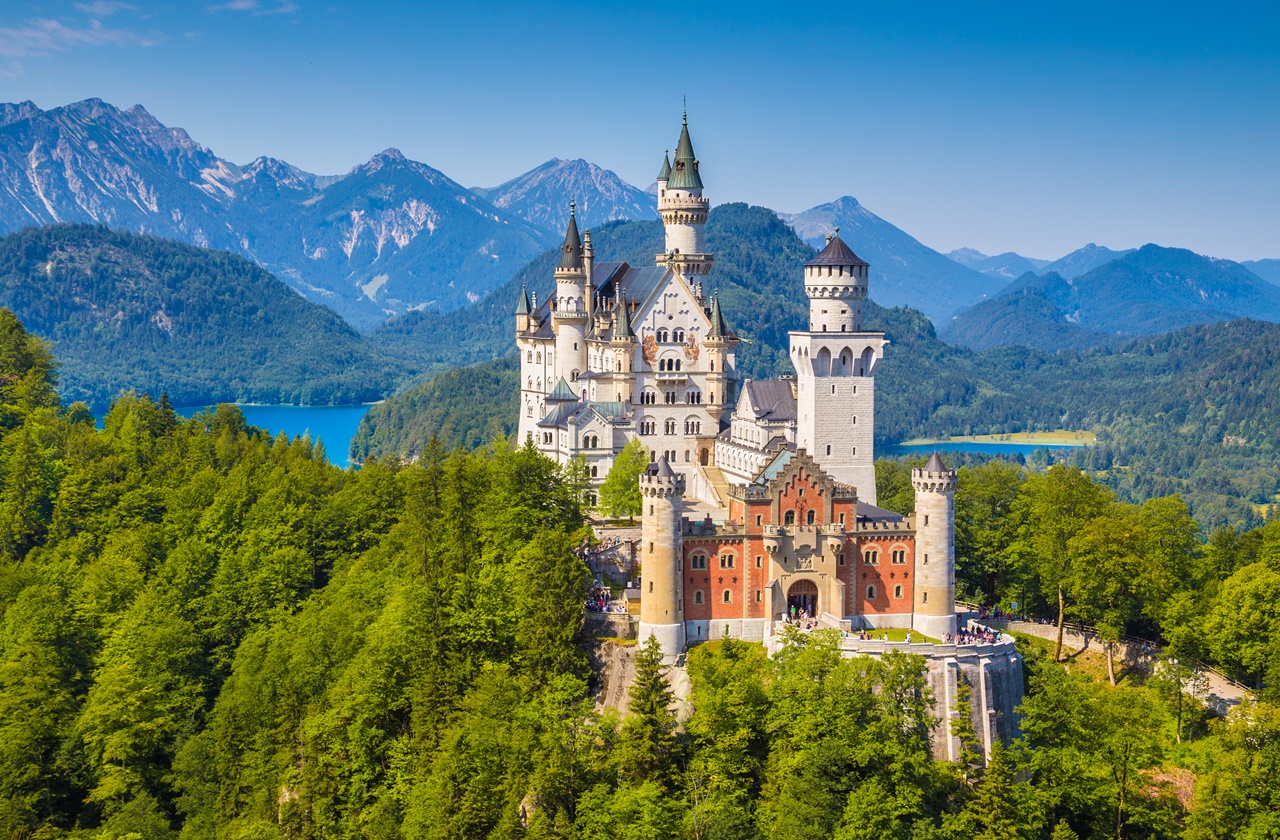
Europe is famous for a number of things. Its jaw-dropping scenery, sumptuous cuisine, and heritage sites are just some of the things that make the continent a classic travel destination. People from all over the world fly to cities like London, Barcelona, and Rome to visit their landmarks and experience what it’s like living in these cities. But aside from cuisine and sights of these popular destinations, castles in Europe also attract all kinds of travelers. History buffs appreciate the significance of these fortresses, while kids certainly feel like princes or princesses as they roam around the halls. Like other sites, these also contain centuries’ worth of history and were the site of some of the most epic battles.
Aesthetically and historically rich, castles in Europe should definitely be on your list of places to visit! Whether you’re visiting Germany, Poland, and Denmark, there are plenty of castles to see and history to learn about.
Why Are There So Many Castles in Europe?
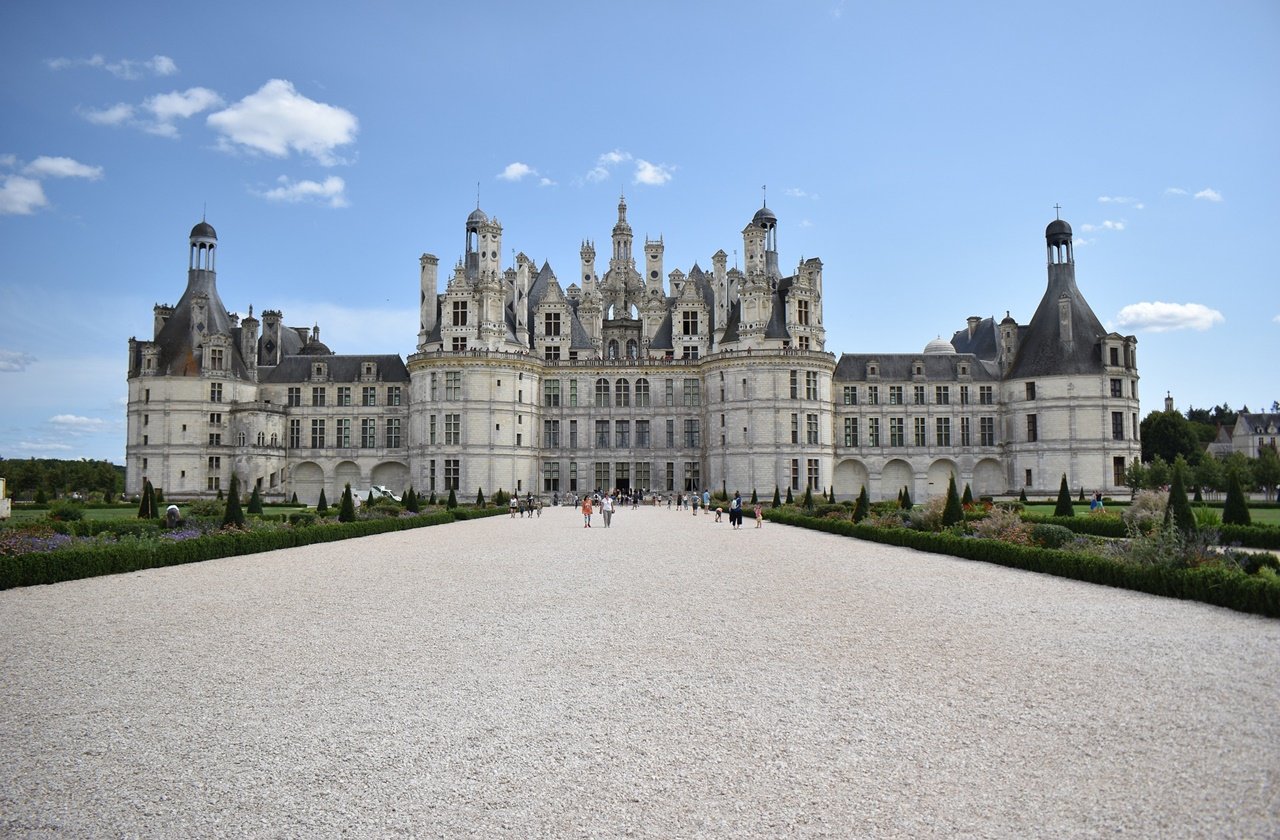
Photo by JerOme82 on Pixabay
Without a doubt, Europe has the most castles in the world. In Germany alone, there are about 20,000 castles. That being said, one could get lost in the sheer number of castles they can encounter on their Eurotrip.
But why exactly are there many castles in Europe?
One of the reasons why there are plenty of European castles is that a castle has a wide definition. Although seen generally as a defensive structure, a castle can also be a stately home or a mansion where a royal family resided. A castle can also have different purposes, from being a king’s seat of power or a retirement home for older members of the royal court.
During the Middle Ages, lords and wealthy landowners built castles for defensive purposes. The castles serve as a fortress to ward off invading forces or those who want to take their land. As a king’s territory expanded over time, more castles were built to serve as headquarters or residence for selected lords, children, and other members of the family.
As the years flew by, castles served another purpose: for recreation. This is common among the castles in France, serving as summer houses instead of military headquarters. Active or retired members of the royal family who wouldn’t like to dabble in political affairs often move to castles in the countryside. But aside from members of the royal family, castles in Europe also housed mistresses and illegitimate children of the king. The Château de Chenonceau was a gift from Henry II to his mistress, Diane de Poitiers. Then after the king’s death, his widow, Catherine de’ Medici forced Diane to exchange it for the smaller Château Chaumont.
Best Castles in Europe
1. Neuschwanstein Castle, Germany
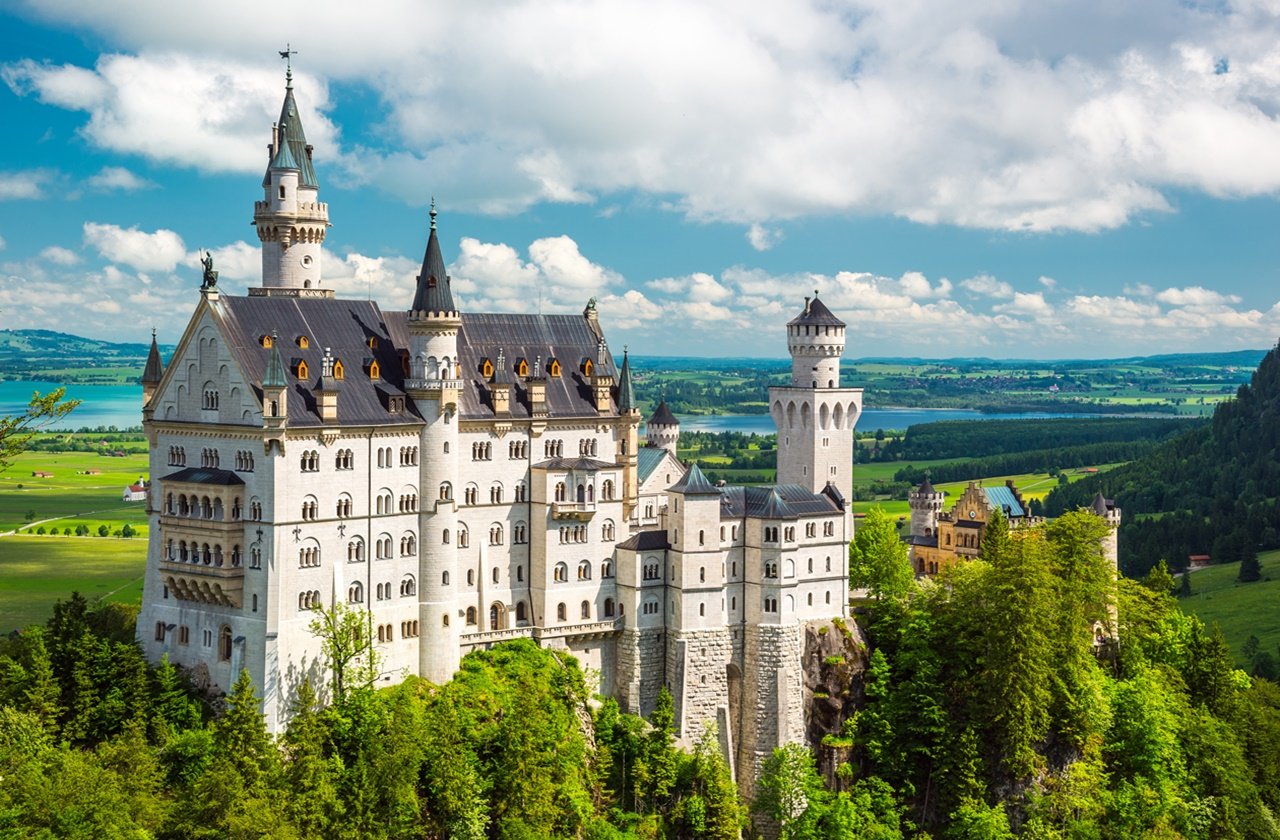
Photo by dmitr86 on Adobe Stock
Address: Neuschwansteinstraße 20, 87645 Schwangau, Germany
Entrance fees: 13 EUR (adults), 12 EUR (senior citizens, students, persons with disabilities), free for children under 18
A list of the best and most beautiful European castles isn’t complete without Germany’s Neuschwanstein Castle. Perched on top of a hill, this postcard staple is a great example of Romanesque Revival architecture. Because of its appearance and design, the castle served as an inspiration for the iconic Sleeping Beauty castle from Disney. The castle was commissioned by King Ludwig of Bavaria in honor of Richard Wagner whom the king was a great fan of. It boasts sweeping views of the Bavarian Alps and its surrounding hills. Moreover, the gilded ceilings and extravagant dining rooms make you feel as if you’ve stepped into a fairytale. Enjoy a guided tour of Neuschwanstein Castle and find out what makes it a top destination not only in Germany but in Europe.
2. Highclere Castle, England
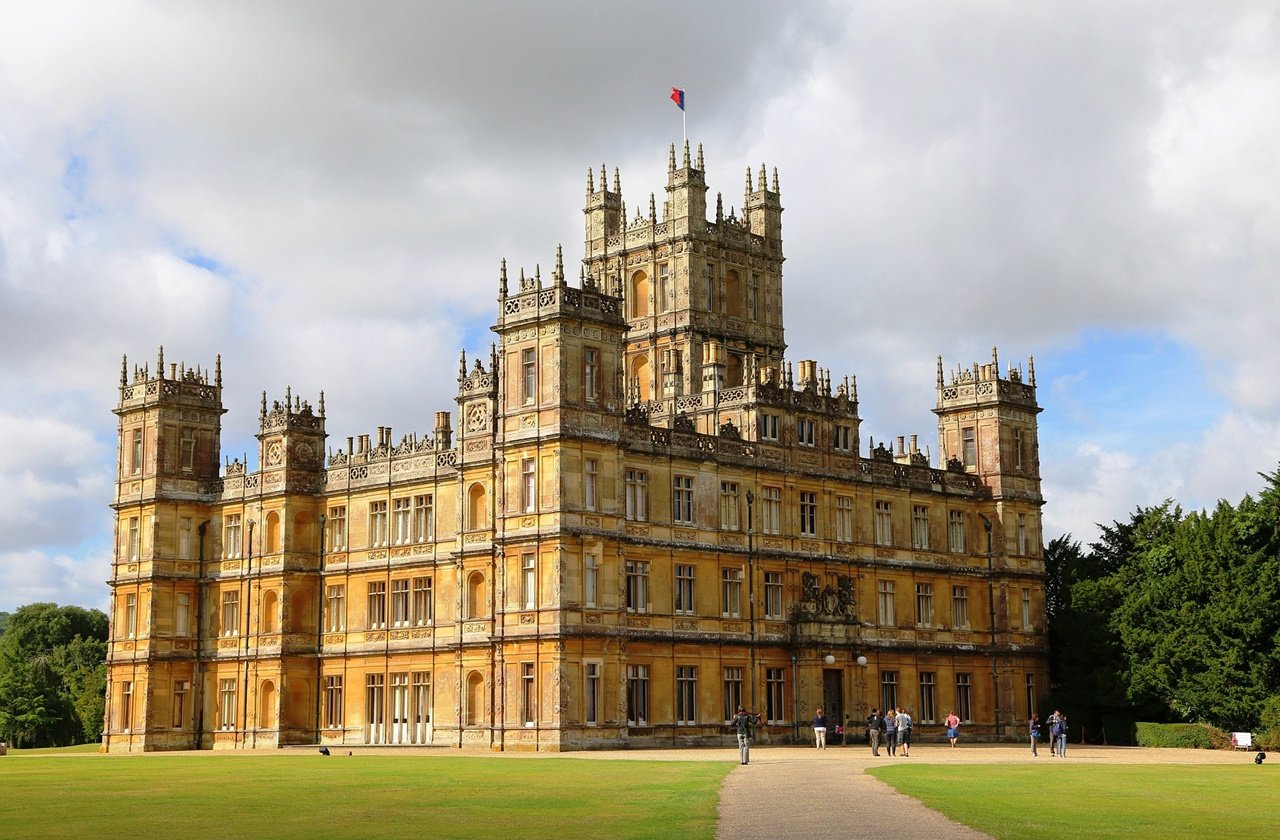
Photo by leefenn-tripp on Pixabay
Address: Highclere Park, Highclere, Newbury RG20 9RN, United Kingdom
Entrance fees: 24 GBP (adults), 22 GBP (reduced rate for adults), 14 GBP (children), 13 GBP (reduced rate for children), free for persons with disabilities and carers
Fans of the hit series Downton Abbey will immediately recognize Highclere Castle as it is the primary setting of the show. This stately home has more than 200 rooms, huge gardens, and over 430 hectares of land. Before its rise to popularity in the 21st century, Highclere Castle went through several renovations and reconstructions under different owners. But it wasn’t until the 19th century when the castle was given its Jacobethan-style architecture with a few touches of Italian Renaissance. Aside from Downton Abbey, Highclere Castle was also featured in several films and TV shows such as Eyes Wide Shut, Back to the Secret Garden, and Agatha Christie’s Marple.
3. Alcázar of Segovia, Spain
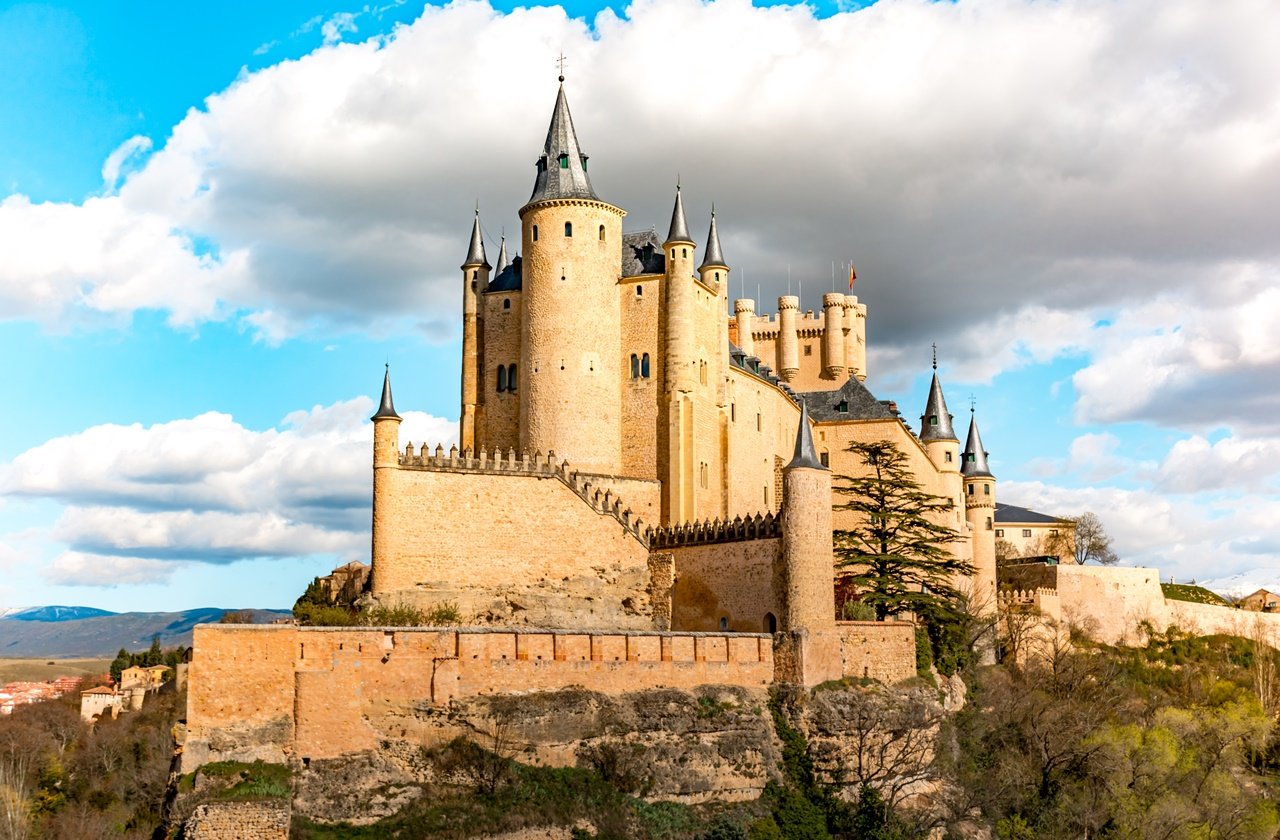
Photo by Enrique del Barrio on Adobe Stock
Address: Plaza Reina Victoria Eugenia, s/n, 40003 Segovia, Spain
Entrance fees: 9 EUR (adults), 7 EUR (children 6 to 16 years old, students, and senior citizens), free for children under 6 years old and persons with disabilities
The Alcázar of Segovia is one of the must-visit castles in Spain. It sits on top of a rocky crag near the Guadarrama mountains in Segovia. Like Neuschwanstein and other castles in Europe, the Alcázar served as an inspiration for a Disney film, this time for Cinderella. It originally served as a fortress, but eventually became a palace, state prison, then a military academy. Now, the alcazar welcomes millions of visitors as a museum and a military archive. Explore the castle’s lavish interiors and marvel at the Hall of the Kings, a room filled with statues of previous Spanish monarchs.
4. Pena Palace, Portugal
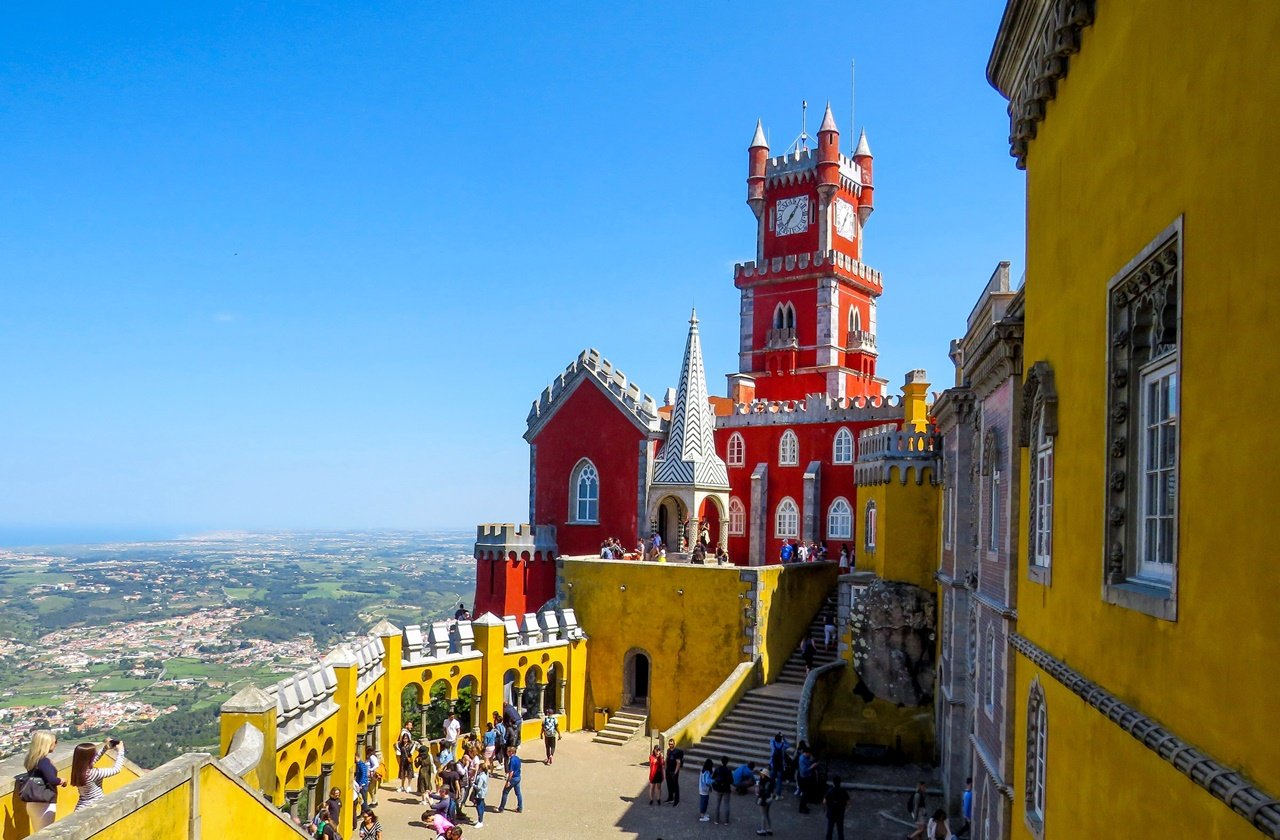
Photo by Mark Lawson on Unsplash
Address: Estrada da Pena, 2710-609 Sintra, Portugal
Entrance fees: 14 EUR (adults and children)
If you’re visiting Lisbon, take a day trip to Pena Palace, one of the most colorful castles in Europe. The castle, rising above the hilltops in Sintra, is noticeable miles away with its distinct yellow turrets and brick towers. It used to be a monastery dedicated to Our Lady of Pena until King Ferdinand II acquired the monastery and its neighboring lands and transformed it into a summer palace. Taking cues from Romanesque, Neo-Manueline, and Moorish architecture, the palace features bright exterior walls and dramatic interiors. On your visit, don’t forget to stop by the terraces and admire the view of Sintra and its neighboring cities.
5. Moszna Castle, Poland
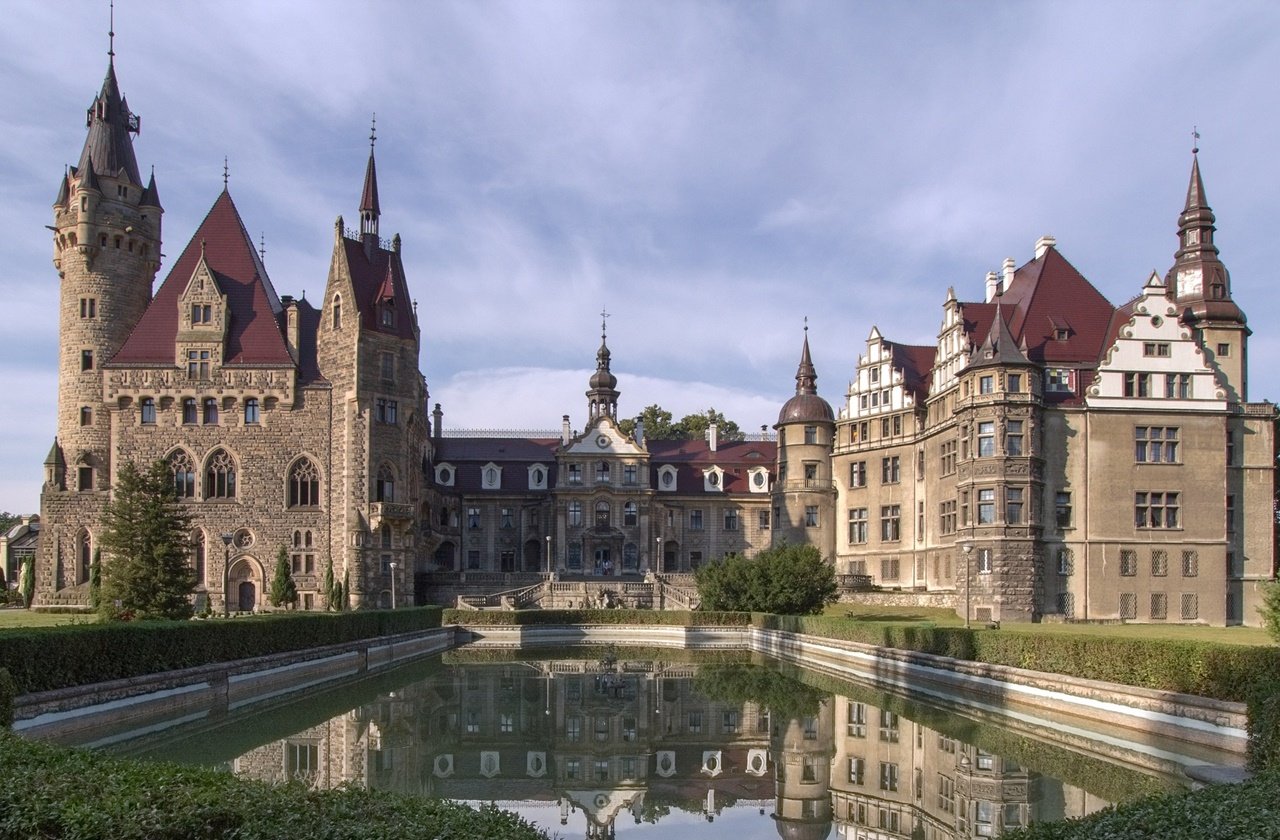
Photo by domeckopol on Pixabay
Address: Zamkowa 1, 47-370 Moszna, Poland
Entrance fees: 12 PLN (adults), 8 PLN (reduced rate)
Poland’s Moszna Castle is a stunning 17th-century castle with Baroque, neo-Gothic, and neo-Renaissance architecture. The castle used to be the residence of the Tiele-Wincklers, a rich industrial magnate family until they had to flee to Germany during World War II. Although the castle sustained minor damages from the war, it has been restored and became a hospital following the end of the war. Today, Moszna Castle is one of South Poland’s top attractions. Walk around its immaculate gardens and take photos of the gorgeous interiors. The chapel also serves as a venue for concerts and art exhibits.
6. Château de Chambord, France
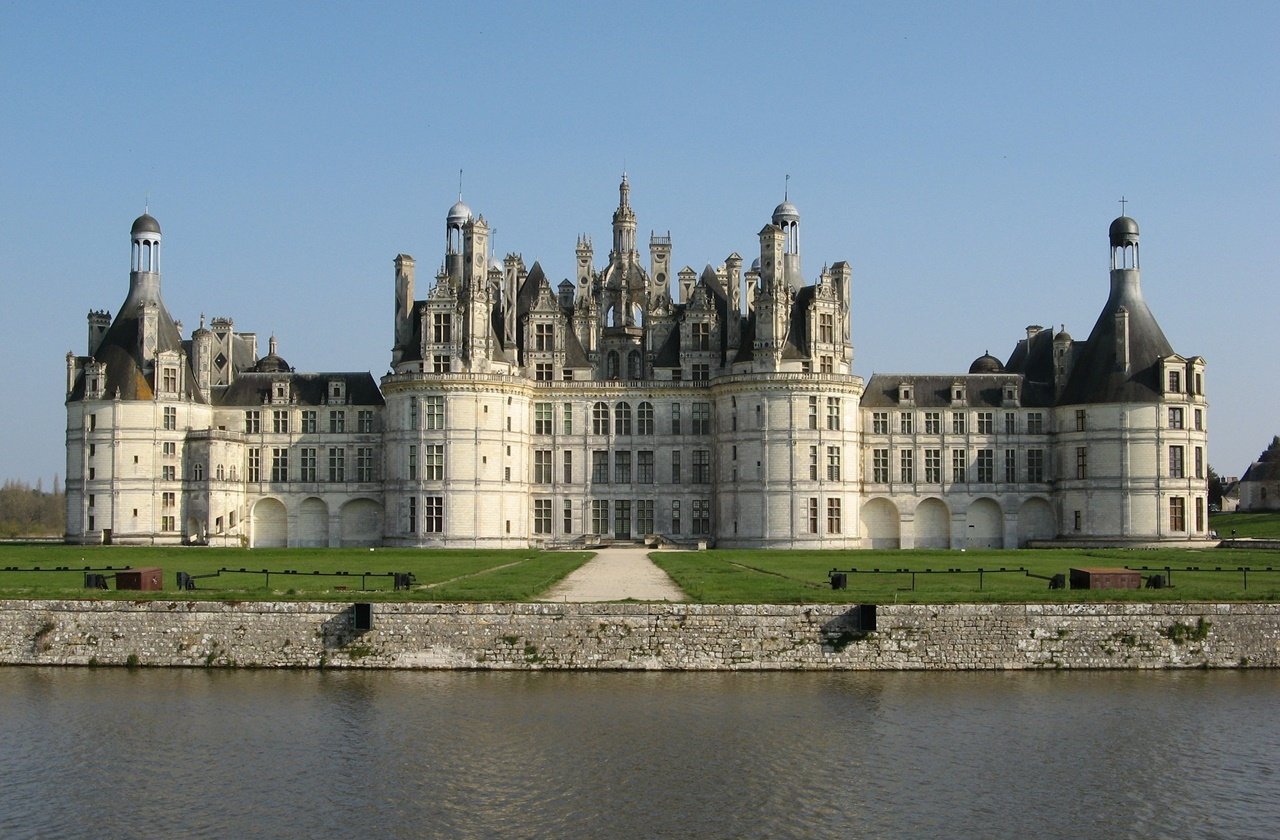
Photo by baccus7 on Pixabay
Address: Château, 41250 Chambord, France
Entrance fees: 14.50 EUR (Adults), 12 EUR (non-EU residents 18 to 25 years old), free for persons under 18 years old, EU residents 18 to 25 years old, and for persons with disabilities + accompanying person
The Château de Chambord in France is the largest and most impressive château in the Loire Valley region. Additionally, it was also one of the castles in Europe that didn’t go through major modifications from the year of construction. It boasts more than 400 rooms and 300 fireplaces, although not all rooms are accessible to the public. Aside from its Renaissance architecture, the château is famous for its unique double helix staircase. Most locals believe that the staircase was inspired by Leonardo da Vinci’s designs. The château is only a few hours away from Paris, making it a worthwhile day trip for travelers looking for a change of scenery.
7. Windsor Castle, England
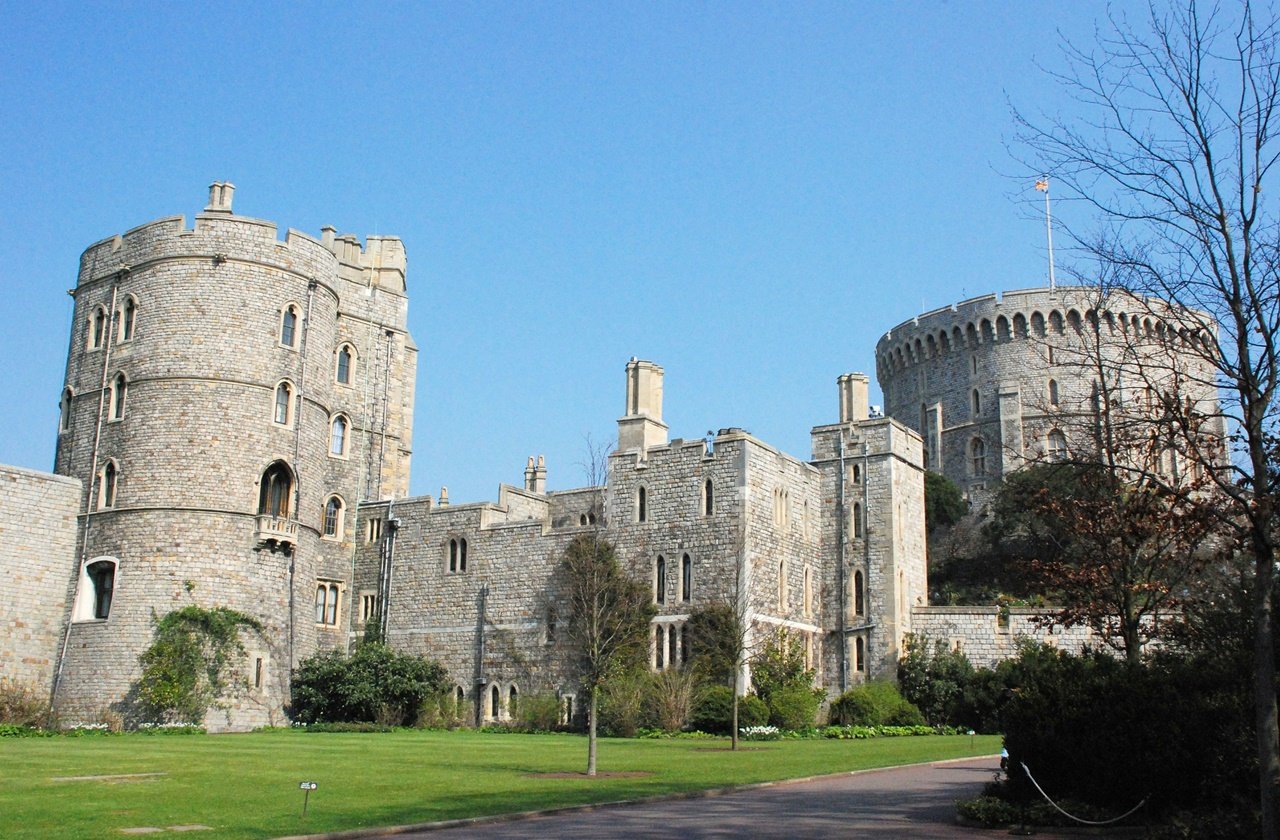
Photo by Stevebidmead on Pixabay
Address: Windsor SL4 1NJ, United Kingdom
Entrance fees: 23.50 GBP (adults), 21.20 GBP (students and senior citizens), 13.50 GBP (children under 17 years old and persons with disabilities), free for children under 5 years old
Windsor Castle is without a doubt one of the most famous castles in Europe. It prides itself on being the longest occupied castle, having served British royalty since the time of Henry I. The palace is still a favorite among the royal family, with Queen Elizabeth II spending most of her weekends here. Containing over a thousand years of architectural history, the castle boasts 1,000 rooms, all majestically designed. Visit the State Apartments, open for a limited time, and marvel at the grandeur of the rooms. Find portraits of the Royal Family, gilded walls and ceilings, and other grand decors as you explore its halls.
8. Bran Castle, Romania
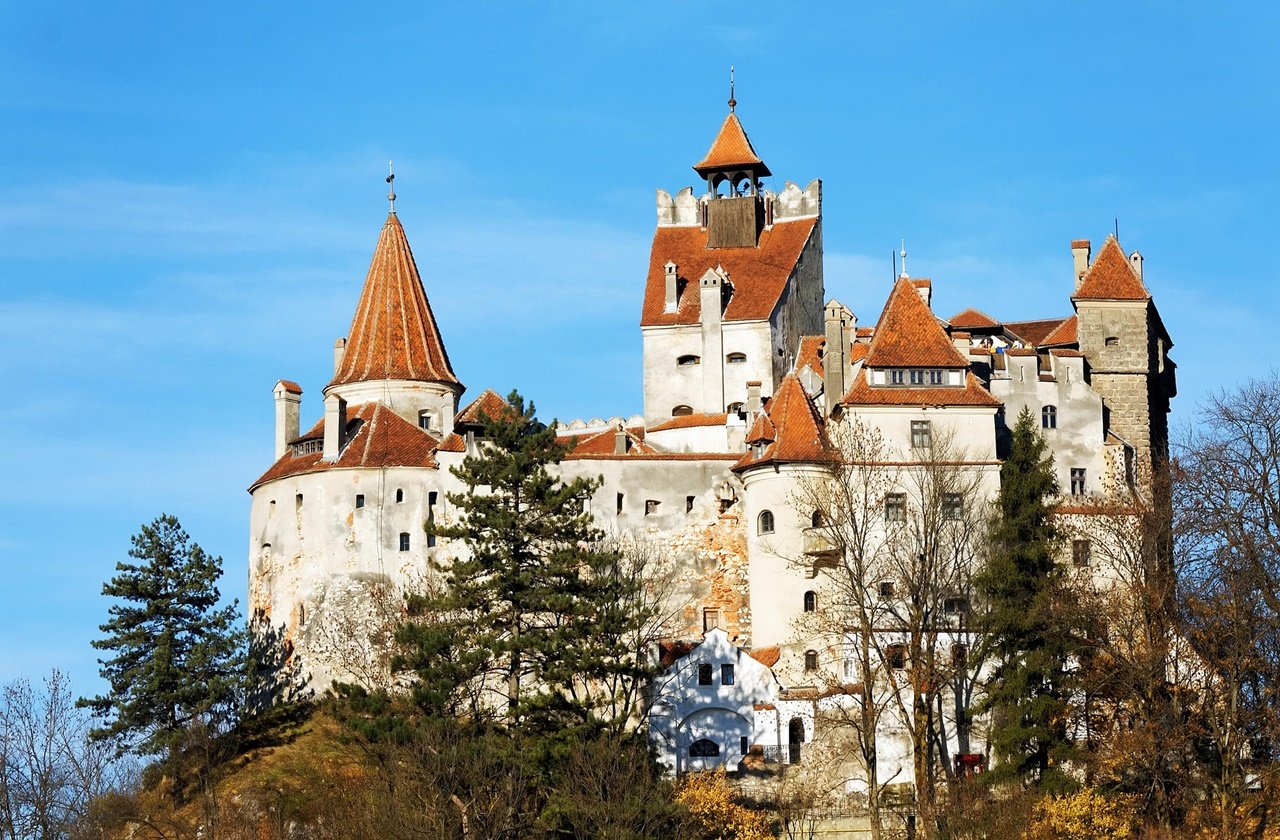
Photo by rafaelutza on Pixabay
Address: Strada General Traian Moșoiu 24, Bran 507025, Romania
Entrance fees: 9 EUR (adults), 7 EUR (senior citizens), 5 EUR (students), 2 EUR (children), free for persons with disabilities and children under 7 years old
Perched on top of a hill overlooking Transylvania and Wallachia, Bran Castle is a gorgeous Medieval castle in Romania. It rose to international fame as Dracula’s Castle, serving as the inspiration for Bram Stoker’s classic novel Dracula. Although Stoker himself never set foot in the castle before the novel was published, the castle then became part of the legend as the home of the titular character. Now, Bran Castle serves as a museum containing art and furniture collected by Queen Marie of Romania. As you explore the castle grounds, don’t forget to see the region’s traditional cottages, machinery, and barns.
9. Sforzesco Castle, Italy
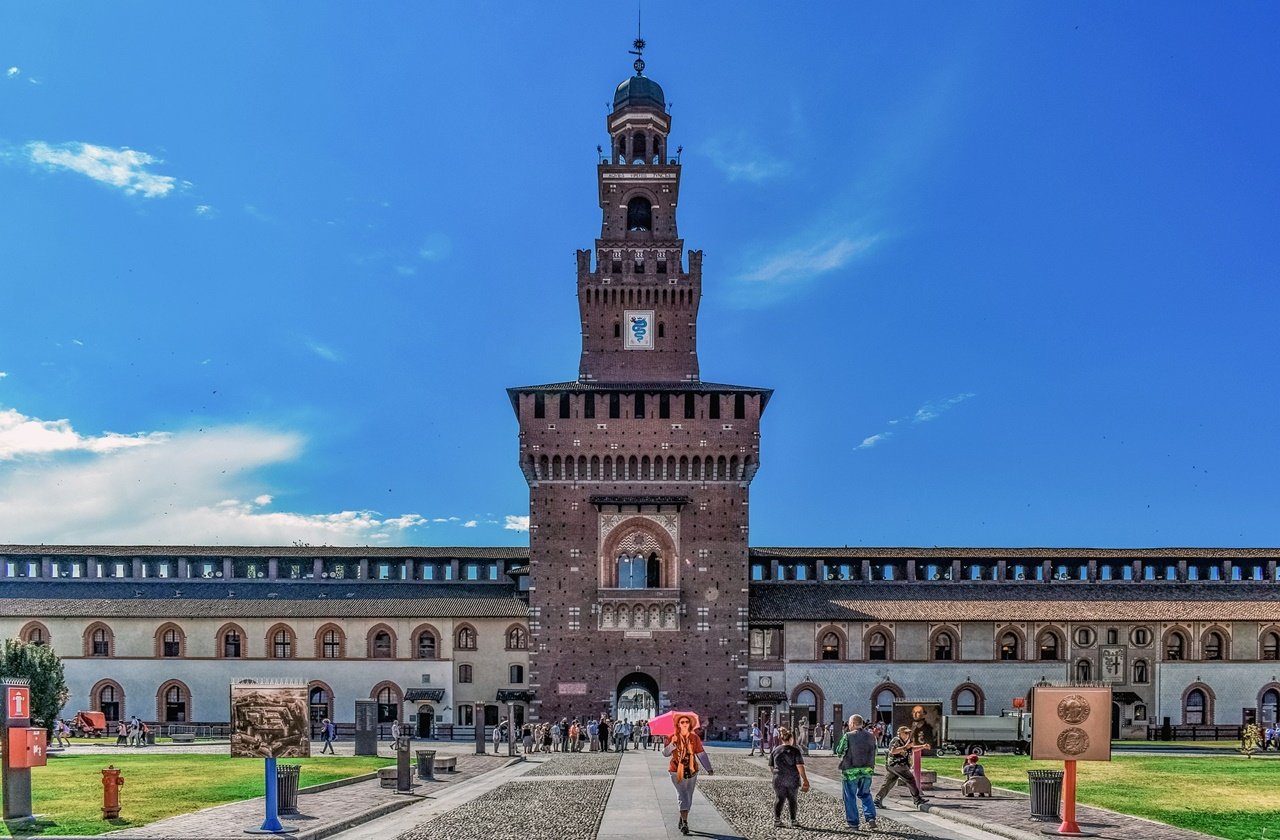
Photo by dimitrisvetsikas1969 on Pixabay
Address: Piazza Castello, 20121 Milano MI, Italy
Entrance fees: 5 EUR, 3 EUR (reduced rate)
Milan isn’t just known for its trendy shopping centers and imposing cathedral! The Italian city is also famous for the Sforzesco Castle, one of the best museums and castles in Europe. Once home to the Sforza family of Milan, it fell into the hands of the Spaniards and became a citadel where its famous red-brick fortifications were built. Today, Sforzesco Castle is a museum complex housing nine different museums. See Michelangelo’s Pietà Rondanini, one of his last works before his death. Additionally, you can find frescoes by Leonardo da Vinci and \works of art from Canaletto, Titian, and other artists.
10. Frederiksborg Castle, Denmark
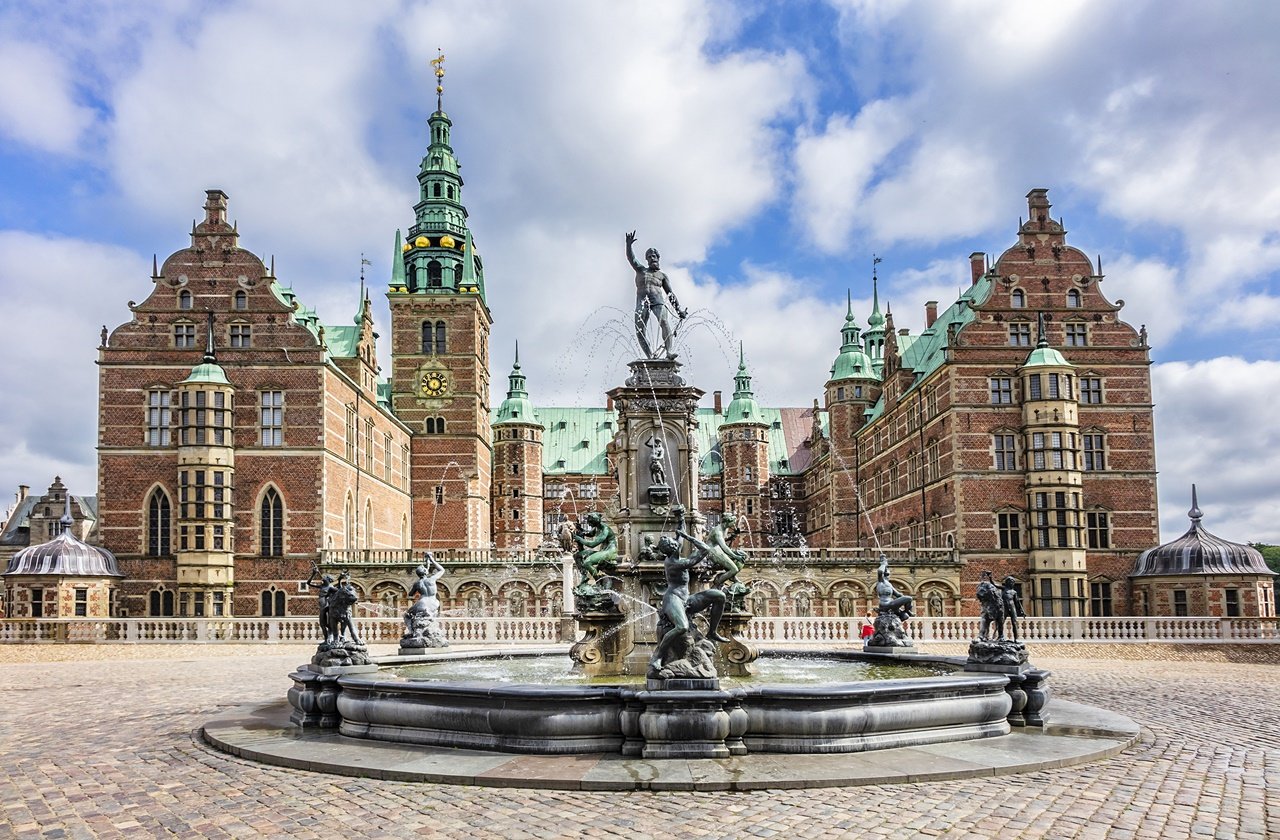
Photo by dbrnjhrj on Adobe Stock
Address: Frederiksborg Slot 10, 3400 Hillerød, Denmark
Entrance fees: 75 DKK (adults), 60 DKK (students and senior citizens), 20 (children 6 to 15 years old), free for children under 6 years old
Located north of Copenhagen is one of the most beautiful castles in Europe, Frederiksborg Castle. Unlike castles utilized as military headquarters or defensive fortress, the castle served as a royal residence for King Christian IV and his family. After the king’s death, the castle became witness to several coronations and other ceremonial events. In 1859, a fire destroyed most of the castle, although around 300 paintings were saved. Reconstruction efforts took four years and now visitors from around the world can visit the palatial complex. See the 300 paintings at the museum, walk around its immaculate gardens, and admire the scenery and architecture of the castle.
11. Alhambra Palace, Spain
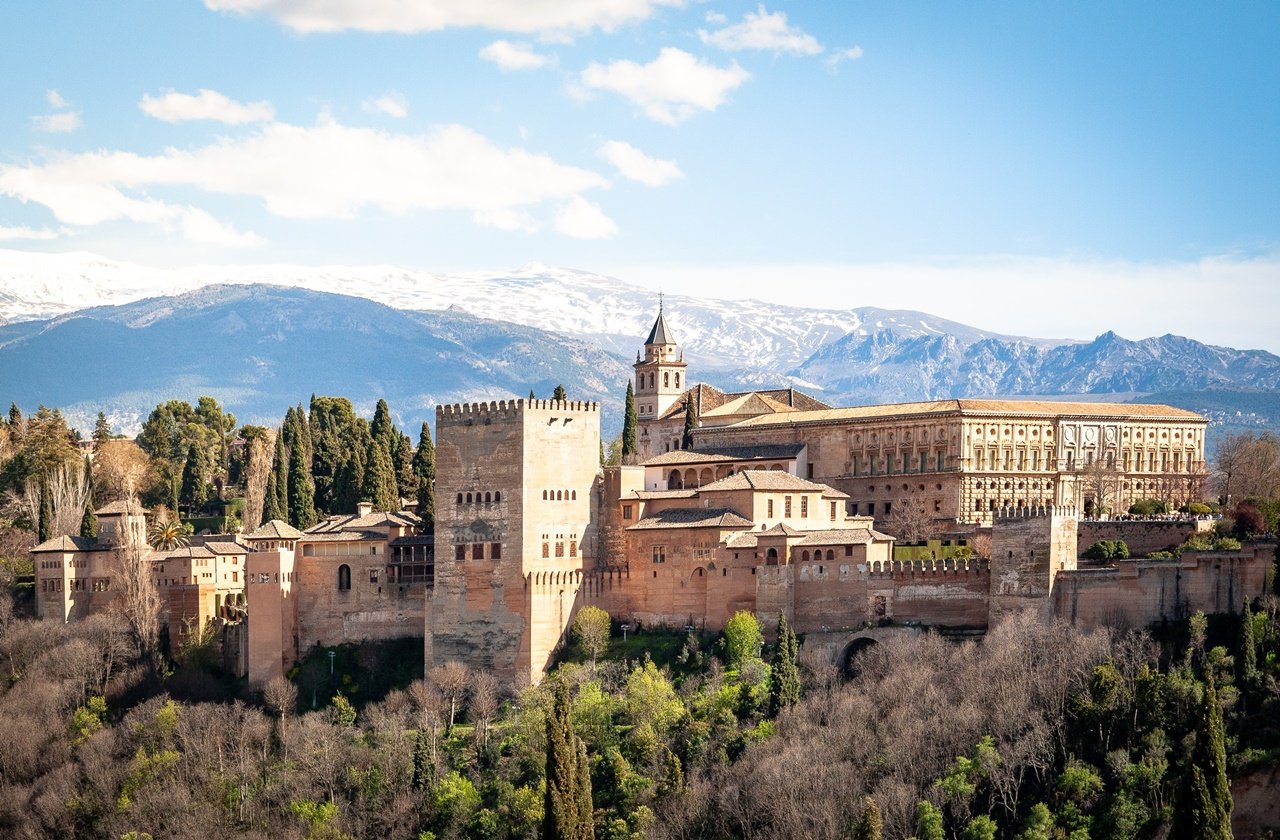
Photo by Dimitry B on Unsplash
Address: Calle Real de la Alhambra, s/n, 18009 Granada, Spain
Entrance fees: 14 EUR (adults), 9 EUR (senior citizens), 8 EUR (children 12 to 15 years old and persons with disabilities), free for children under 12 years old
Granada’s La Alhambra is arguably one of the most stunning castles in Europe and Spain. Built as a fortress and palace for the Moorish royals in the 13th century, the Alhambra Palace complex includes several halls, courts, and perfectly manicured gardens. Because of the expanse of the palace, it’s impossible for one to explore its highlights within a day! Explore the castle on a guided tour and learn about the history of the Nasrid rulers that once lived in the palace. You can also combine your Alhambra ticket with a visit to the Generalife gardens.
12. Schönbrunn Palace, Austria
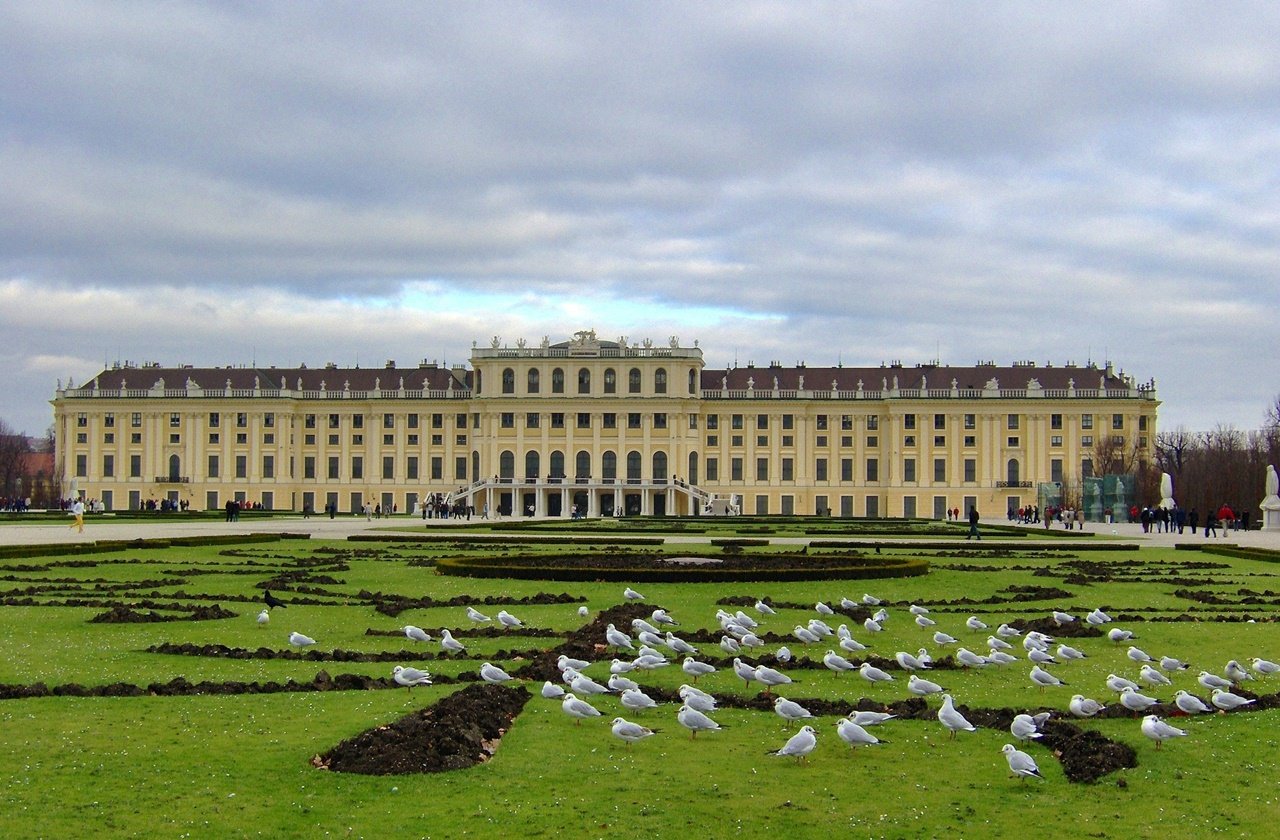
Photo by 12019 / 10259 on Pixabay
Address: Schönbrunner Schloßstraße 47, 1130 Wien, Austria
Entrance fees: Starts at 28.50 EUR (adults), 24.50 EUR (students and persons with disabilities), 18 EUR (children)
Featuring 1,441 rooms, the Schönbrunn Palace is a splendid Rococo-style palace in Austria. Additionally, it is one of the most important landmarks in Vienna. Starting out as a hunting lodge, years later, the Schönbrunn Palace became the summer residence of the Habsburg rulers. Like the Versailles in France, its rooms, halls, and gardens are a reflection of the power of the monarchs who lived in it. Find the lavish apartments of Maria Theresa, the rooms where Mozart used to play, and other rooms lined with mirrors and elegant chandeliers. Outside, talk a walk around its well-maintained gardens and keep an eye out for the 32 sculptures.
13. Prague Castle, Czech Republic
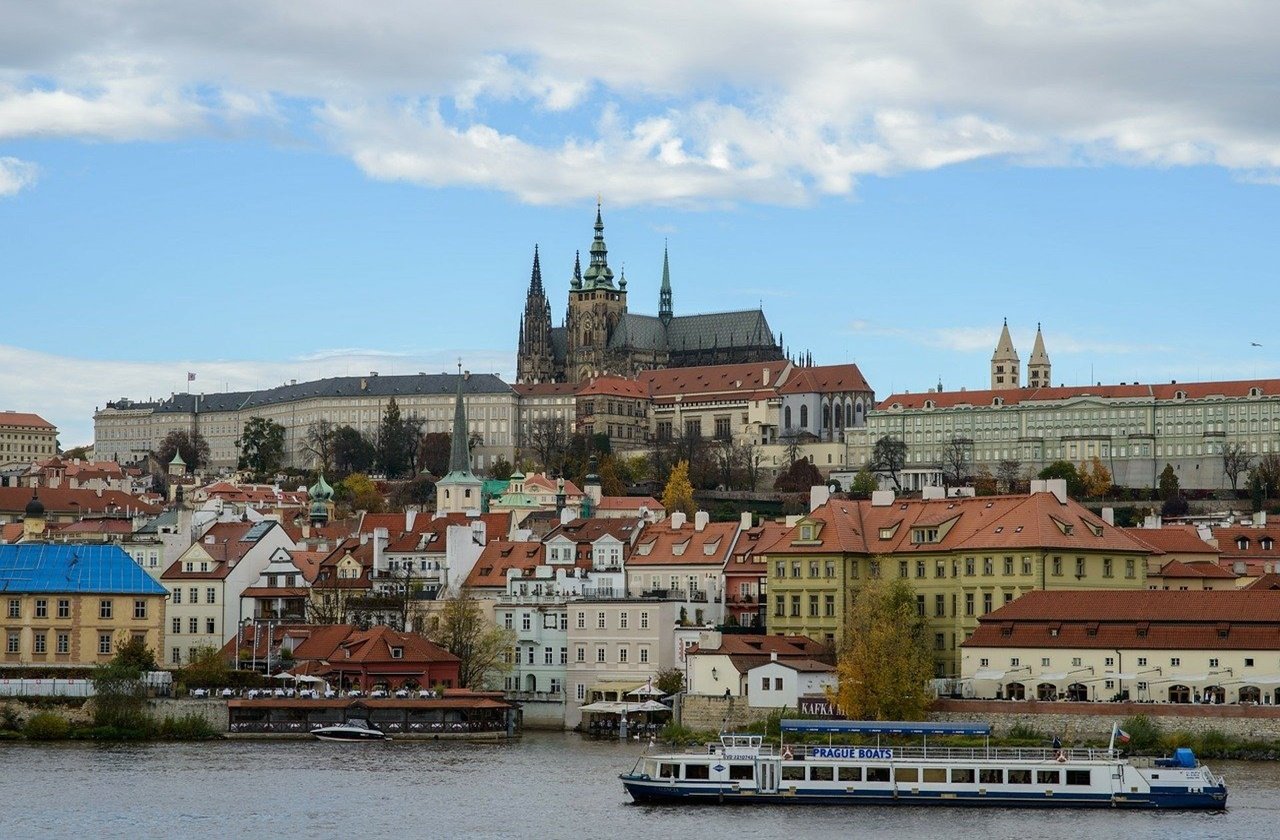
Photo by PublicDomainPictures on Pixabay
Address: Hradčany, 119 08 Prague 1, Czechia
Entrance fees: 250 CZK (adults), 125 CZK (children 6 to 16 years old, students, and senior citizens), free for children under 6 and persons with disabilities
Situated at the heart of Prague, Prague Castle is one of the must-visit castles in Europe. The castle complex covers almost 70,000 square meters of land, one of the largest in the world. Like most castles, it was also the seat of power for most Holy Roman emperors, kings of Bohemia, and presidents of Czechoslovakia. Today, the castle serves as the official office of the President of the country. Find a medley of architectural styles at Prague Castle, containing elements of Gothic, Baroque, and Romanesque architecture. Aside from the main castle, the complex is also home to the St. Vitus Cathedral, St. George’s Basilica, Prague, and several gardens.
14. Buda Castle, Hungary
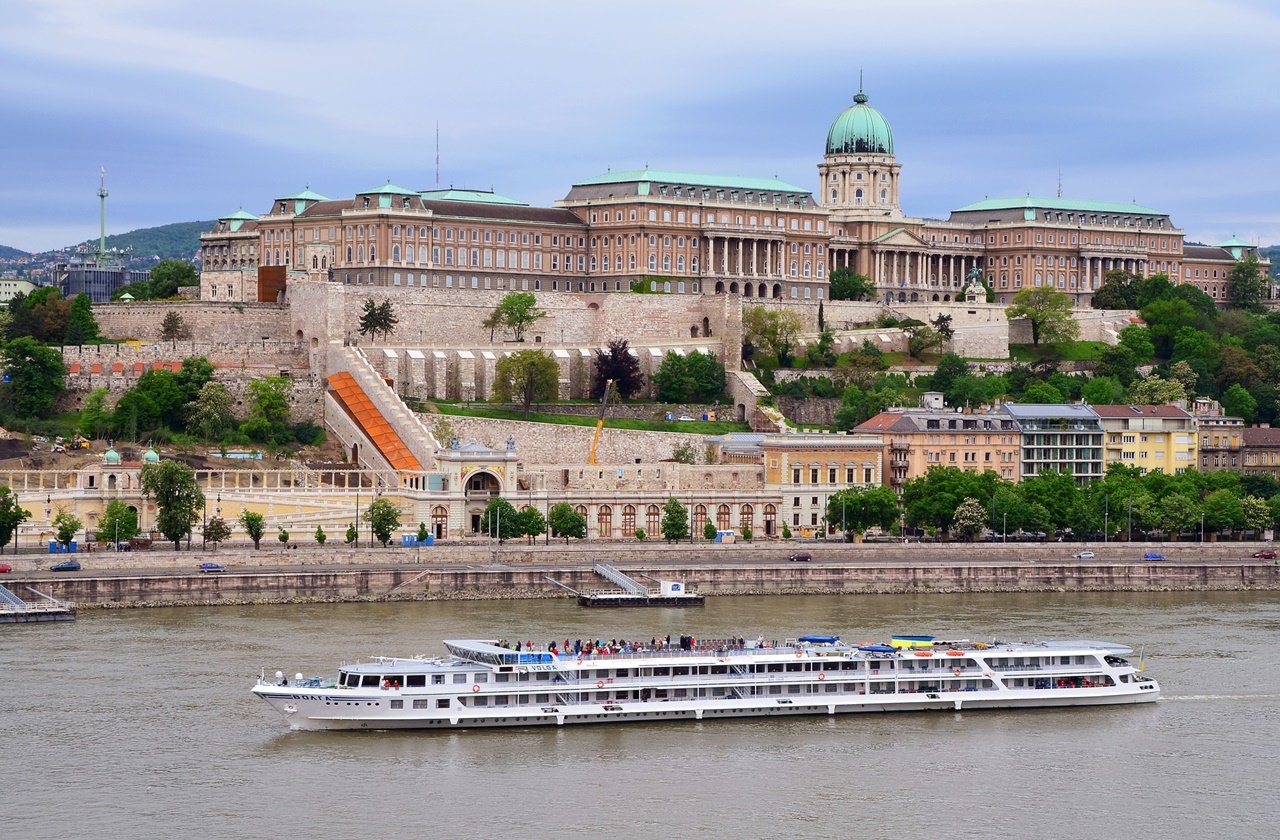
Photo by veronikasz on Pixabay
Address: Budapest, Szent György tér 2, 1014 Hungary
Entrance fees: 1,400 HUF (adults), 1,000 HUF (students and senior citizens), free for children under 6 years old
Like Prague Castle and other castles in Europe, Buda Castle is a massive palace complex that housed former kings. It sits on top of Castle Hill and is surrounded by the Castle Quarter, a district known for its Neoclassical and Baroque houses, buildings, and monuments. Additionally, the castle is part of the UNESCO World Heritage Site, including the banks of the Danube River and Andrássy Avenue. Explore the halls of the castle and admire its Baroque and modernist architecture with Gothic and Renaissance features. The castle also houses several museums, including the Hungarian National Gallery and the Budapest History Museum.
15. Edinburgh Castle, Scotland
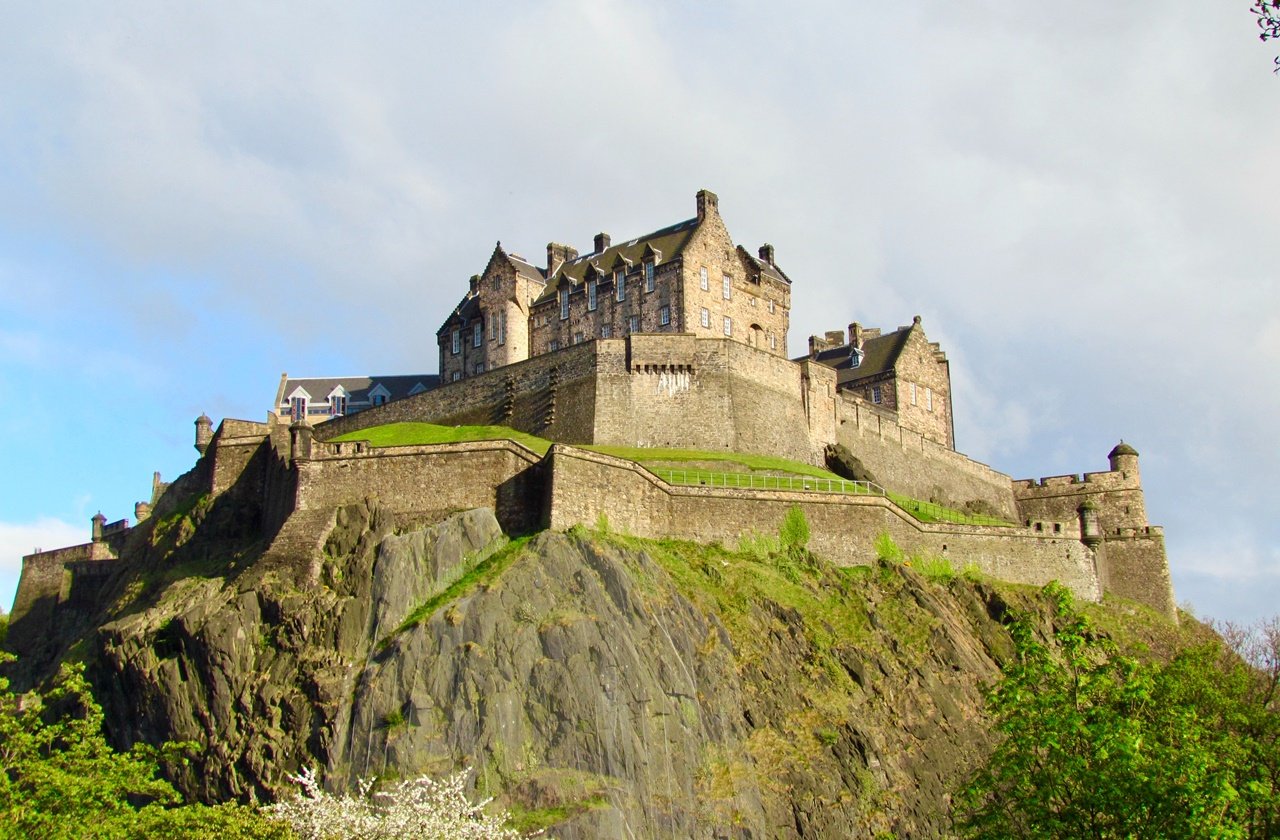
Photo by Mohammed Alhinai on Unsplash
Address: Castlehill, Edinburgh EH1 2NG, United Kingdom
Entrance fees: 17.50 GBP (adults), 15.50 GBP (reduced rate for adults), 14 GBP (senior citizens), 10.50 GBP (children 5 to 15 years old), 9.30 GBP (reduced rate for children 5 to 15 years old), free for persons with disabilities and carers
Dominating the skyline of Edinburgh, Edinburgh Castle is one of the best castles in Scotland. In addition, it is one of the castles that withstood years of invasions, war, and power struggles. Edinburgh Castle was used as a historic fortress, royal residence, and military barracks. Visitors can find the Crown Jewels of Scotland, cannons used in the war, and other ancient treasures in its halls. The castle also offers guided tours and those interested in Scottish history can watch reenactments of historical events. Offering centuries’ worth of history, a visit to Edinburgh Castle is a must for anyone visiting Scotland.
Final Notes
Aside from World Heritage sites, national parks, and churches, visiting castles in Europe is one of the best ways to learn more about a country. Rooms and fortresses contain centuries’ worth of history. Apart from that, you can get a better understanding of its history as compared to reading from a textbook. Walk along the halls that were witness to several historical events, battles, and coronations. See the rooms where members of the royal family dined and slept in, and more. Whether you visit a gorgeous summer residence or an intimidating fortress, visiting a European castle is definitely an unmissable experience.

